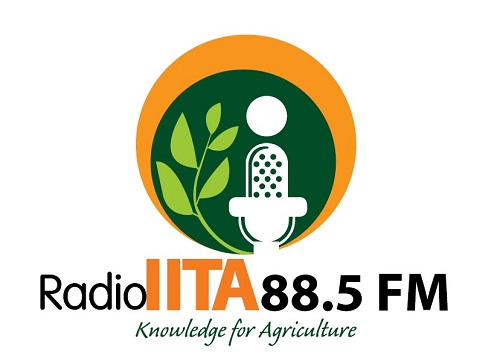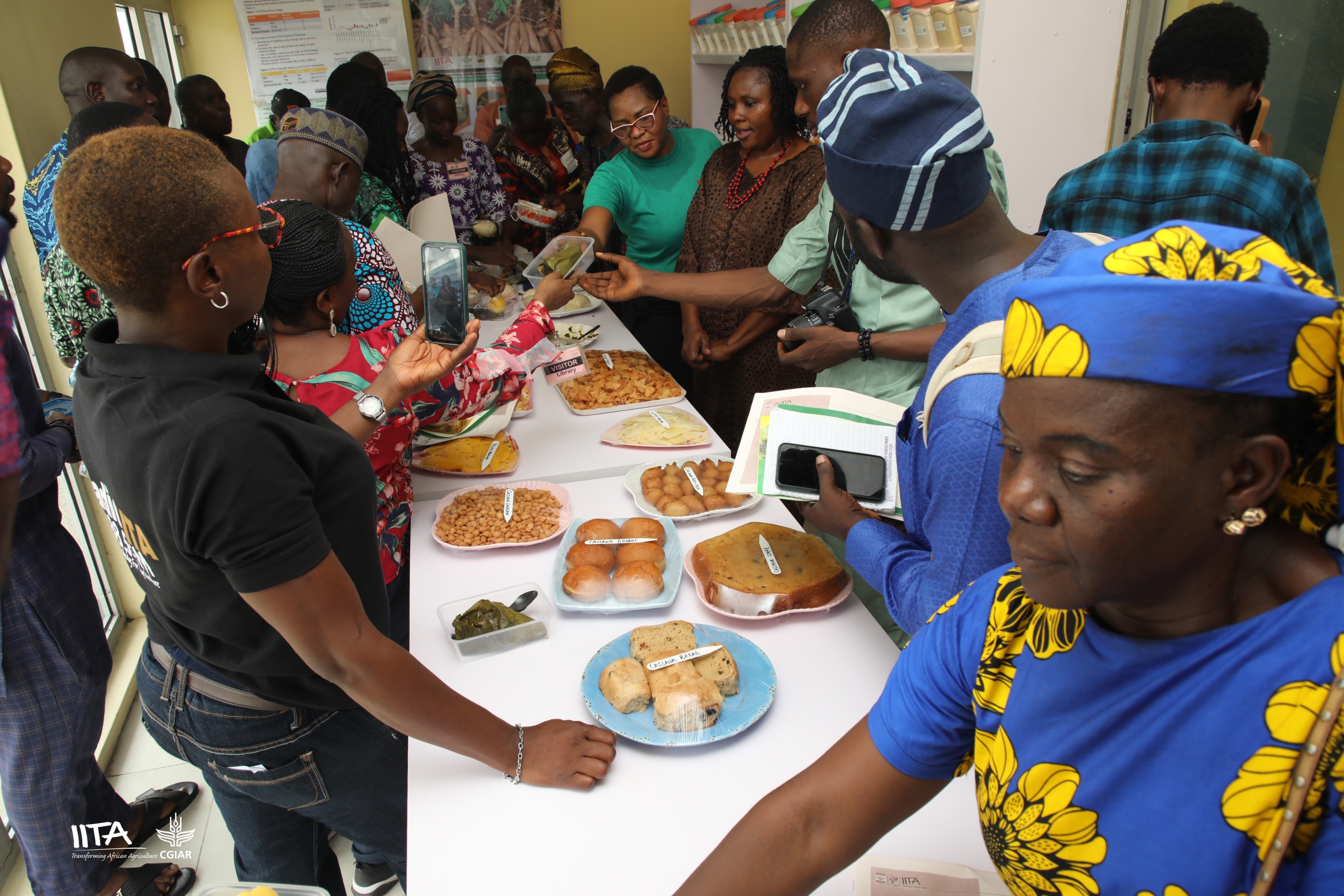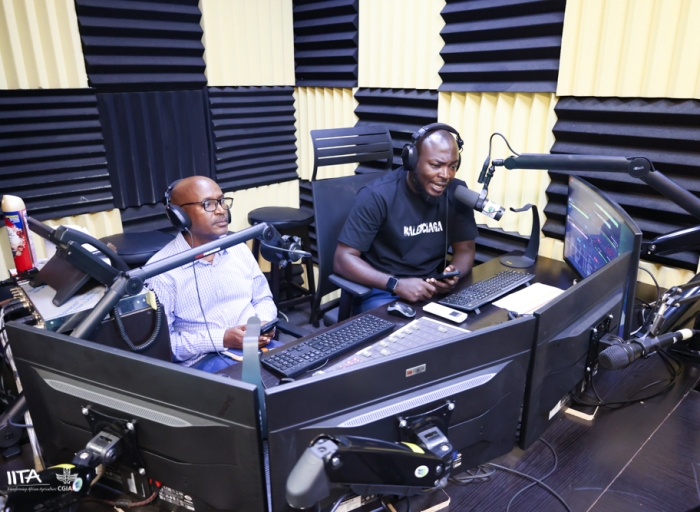RadioIITA 88.5, in partnership with the IITA Cassava Breeding Unit, is making significant strides in empowering cassava farmers. This initiative aligns with IITA’s mission to reduce hunger, malnutrition, and poverty and enhance smallholder farmers’ livelihoods and families.
The third edition of RadioIITA’s impactful farmers’ outreach program focused on cassava farmers. In her opening remarks, RadioIITA Lead Dajie Odok emphasized the outreach’s aim to provide African cassava farmers with firsthand innovations in cassava farming.
Dr. Elizabeth Parkes, the acting head of the IITA Cassava Breeding Unit, encouraged farmers to stay connected with IITA for the latest research updates to improve their farm output. Senior Research Supervisor Thankgod Ogwucha highlighted the benefits of SAH cassava planting materials, which are easy to transport globally and can multiply hundreds of thousands of planting materials quickly. He mentioned notable IITA cassava varieties, including Obasanjo 2, Baba 70, and Ayaya.
Farmers participated in a tour of the screen-house to observe IITA cassava varieties and a field demonstration trial. Esizebor Oke-Solomon, a senior research supervisor and facilitator, emphasized the importance of staying updated with new agronomic practices. He noted that many farmers continue to use outdated methods, which hinder crop yields. To combat this, IITA conducts outreach programs introducing new tools and techniques, including stem-cutting methods. By educating farmers on different types of stems—hardwood, semi-hardwood, and tip shoots—IITA promotes stem reuse to increase income through stem multiplication.
Participant Ogungbenro Taiwo shared his experience, stating he learned a lot about the different types of cassava and their suitability for various foods like Garri, Fufu, and starch. He also learned about cassava multiplication and field spacing, gaining insights into making money through various planting methods.
Olubumi Tayo-Oke expressed her joy and enlightenment from the training, praising Radio IITA for helping farmers and educating the youth.
Several participating farmers commended the initiative in a chat with RadioIITA 88.5 FM, noting that the training would significantly increase their output.
Through initiatives like these, RadioIITA 88.5 and the IITA Cassava Breeding Unit are crucial in transforming cassava farming in Africa, empowering farmers, and promoting sustainable agricultural practices.
Contributed by Victoria Idowu



